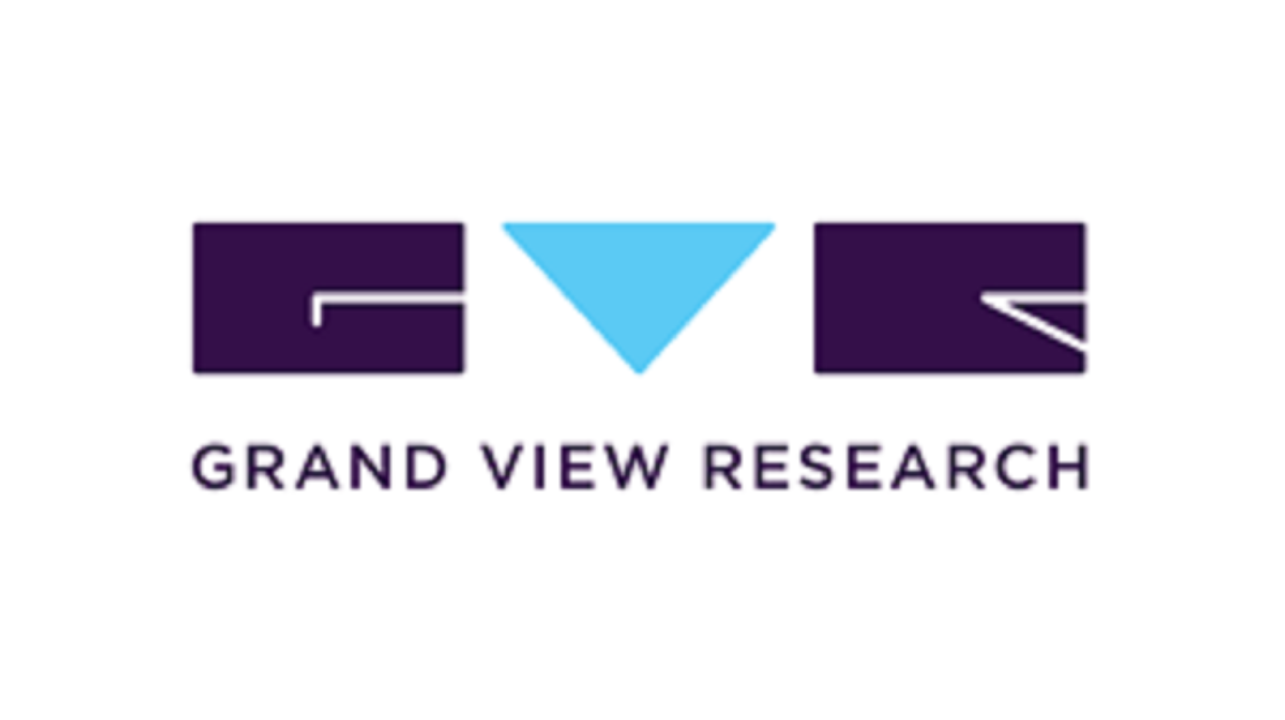The global breast imaging market was valued at approximately USD 4.7 billion in 2022 and is projected to experience significant growth, with an expected compound annual growth rate (CAGR) of 8.6% from 2023 to 2030. Several factors are driving this market expansion, including the increasing prevalence of breast cancer, technological advancements in breast imaging methods, and heightened investments from various organizations in breast cancer screening initiatives.
According to the World Cancer Research Fund (WCRF), it is estimated that by 2030, the global incidence of breast cancer will reach around 2.1 million cases. Additionally, a report from the World Health Organization (WHO) published in March 2021 highlighted that in 2020 alone, over 2.3 million women worldwide were diagnosed with breast cancer, with approximately 685,000 fatalities attributed to the disease. Breast imaging serves as the primary diagnostic tool for a vast majority of breast cancer patients, which significantly contributes to the anticipated growth of the market in the coming years.
In recent times, the rising incidence of breast cancer, particularly among younger women, and the challenges associated with delayed diagnosis have led to an increased urgency for women to seek medical attention. Many cases in developing countries are diagnosed at advanced stages, largely due to insufficient awareness regarding early warning signs and screening techniques. This has prompted a global initiative to raise awareness about breast cancer through various campaigns.
Awareness Initiatives and Screening Programs
Several organizations and governmental bodies have launched initiatives aimed at increasing awareness and improving screening practices for breast cancer:
• Breast Screen Australia: This nationwide program mandates that women aged 50 to 74 receive free mammograms every two years. A report published by Cancer Australia in September 2020 discussed the importance of early diagnosis through breast imaging for managing early-stage breast cancer.
• Dutch National Institute for Public Health and the Environment (RIVM): In April 2022, RIVM reported a participation rate of only 70.4% in its breast cancer screening program for women aged 50 to 75, attributed to fears surrounding SARS-CoV-2 infection.
• National Mammography Program in the U.S.: Organized annually by the National Breast Cancer Foundation, Inc., this program provides free mammograms and diagnostic services aimed at the early detection and treatment of breast cancer.
• Canadian Cancer Society: In August 2019, a partnership with Stand Up to Cancer Canada (SU2C) and the Canadian Institutes of Health Research (CIHR) led to the establishment of the SU2C Canada Metastatic Breast Cancer Dream Team, which received $6 million in funding for clinical trials and public awareness campaigns focused on metastatic breast cancer.
Gather more insights about the market drivers, restrains and growth of the Breast Imaging Market
Technological Advancements in Breast Imaging
In terms of technology, the ionizing technology segment commanded the largest share of the breast imaging market, accounting for approximately 63.2% in 2022. This segment is expected to experience the fastest growth over the forecast period, driven by the introduction of new ionizing technology-based breast imaging solutions and advancements in existing technologies. Significant funding is being directed toward improving these ionization-based technologies, reflecting a strong commitment from market participants to enhance product offerings.
The mammography segment, in particular, is witnessing growth due to ongoing efforts aimed at early breast cancer detection. For example, the United States Preventive Services Task Force has established guidelines for mammography screening. A cross-sectional study published in July 2020 in the journal Clinics evaluated the accuracy of various breast cancer diagnostic techniques, concluding that mammography provided the most precise assessment of concerning breast masses. These findings reinforce mammography as the preferred diagnostic method, contributing to the segment's growth in the breast imaging market.
Industry Innovations
Several prominent companies in the breast imaging market are focusing on advancing mammography techniques for breast cancer diagnosis. For instance, in August 2021, Fujifilm Medical Systems introduced the ASPIRE Cristalle mammography system, which integrates ScreenPoint Medical's Transpara powered by Fusion AI for both 2D and 3D mammography. The incorporation of artificial intelligence in breast cancer screening is expected to alleviate the workload on healthcare professionals, enhancing the efficiency of breast imaging procedures.
Additionally, innovations in mammography are yielding improvements in diagnostic sensitivity while simultaneously reducing the incidence of over-diagnosis. Such advancements are critical in identifying small carcinomas at earlier stages, ultimately contributing to better patient outcomes. Continuous improvements in technology and methodology are anticipated to further stimulate growth in the breast imaging segment over the forecast period.
Order a free sample PDF of the Breast Imaging Market Intelligence Study, published by Grand View Research.


